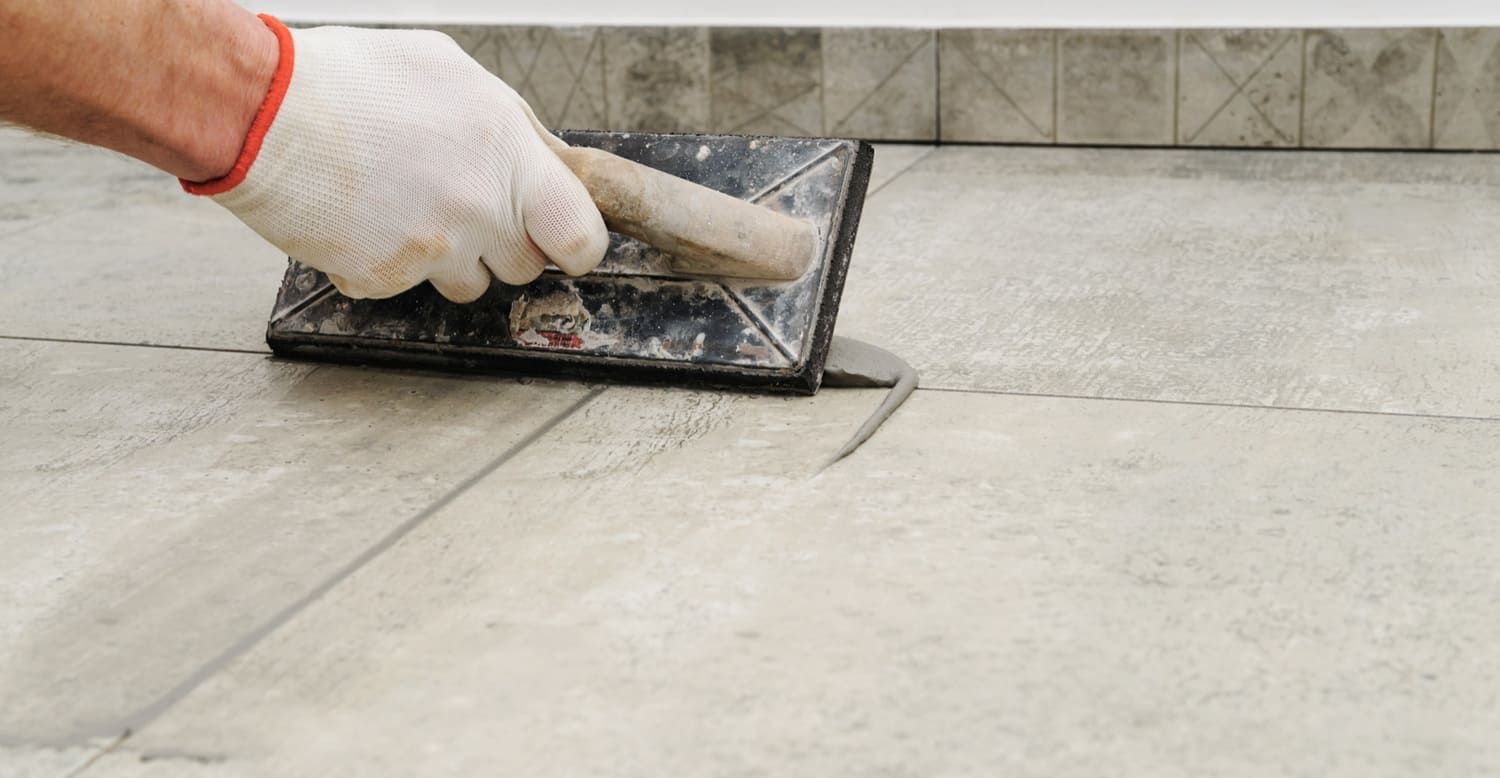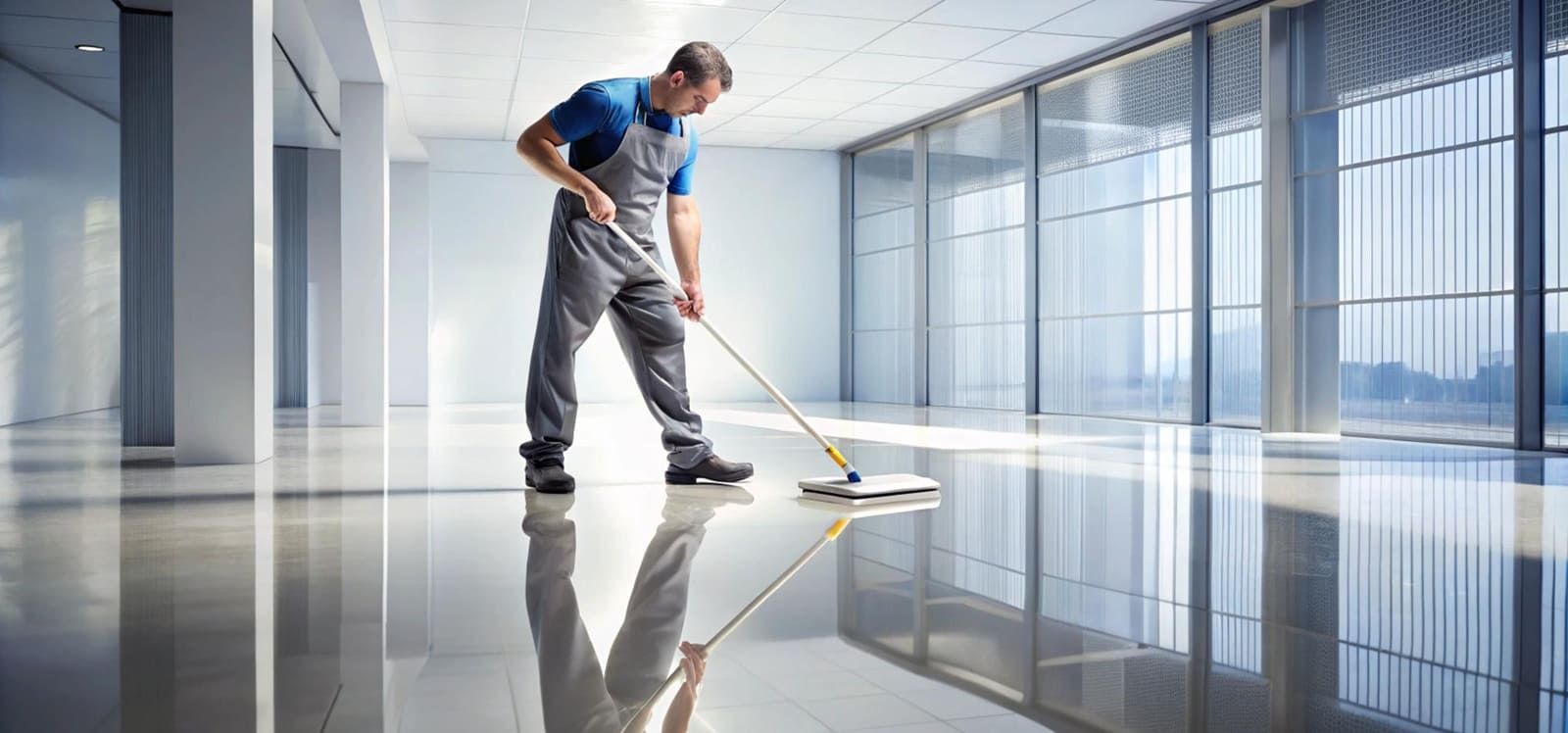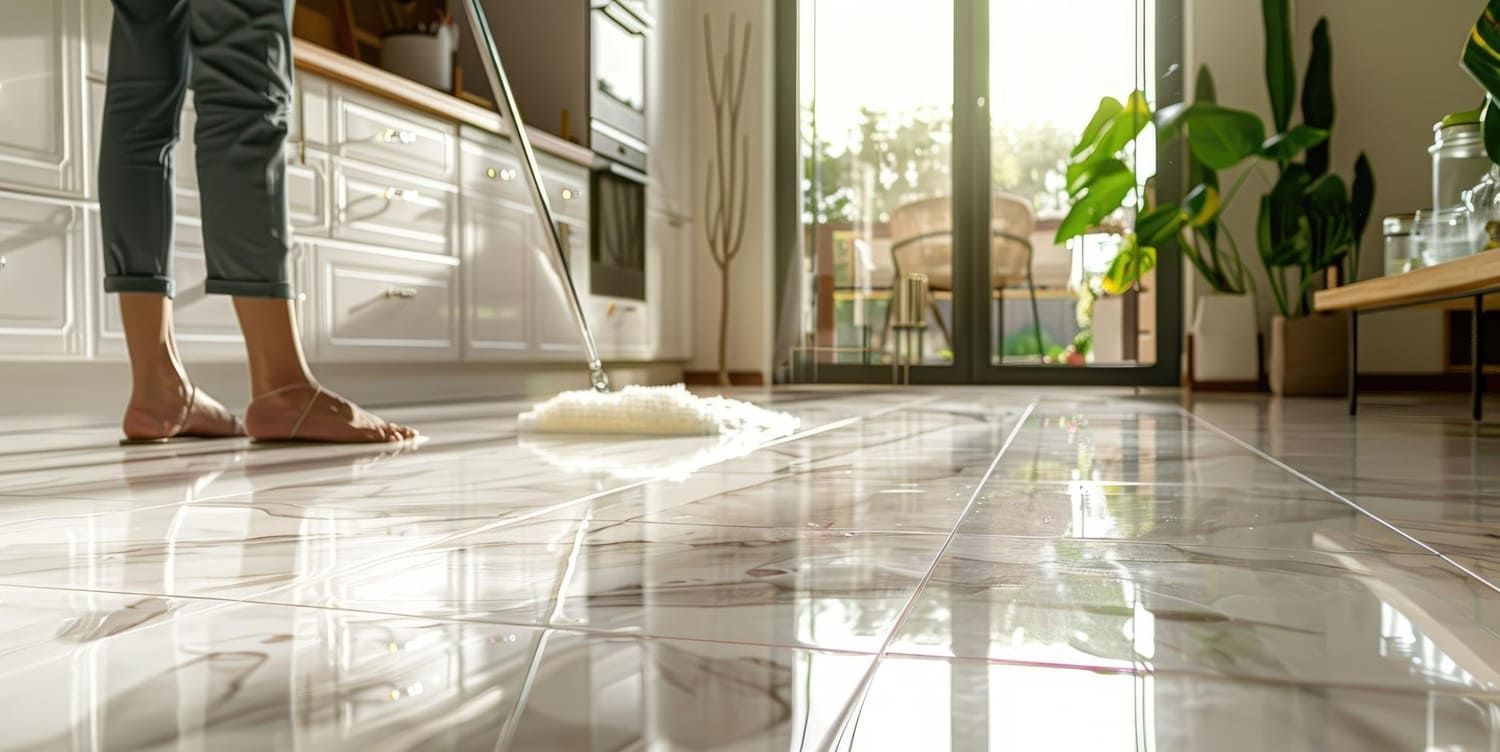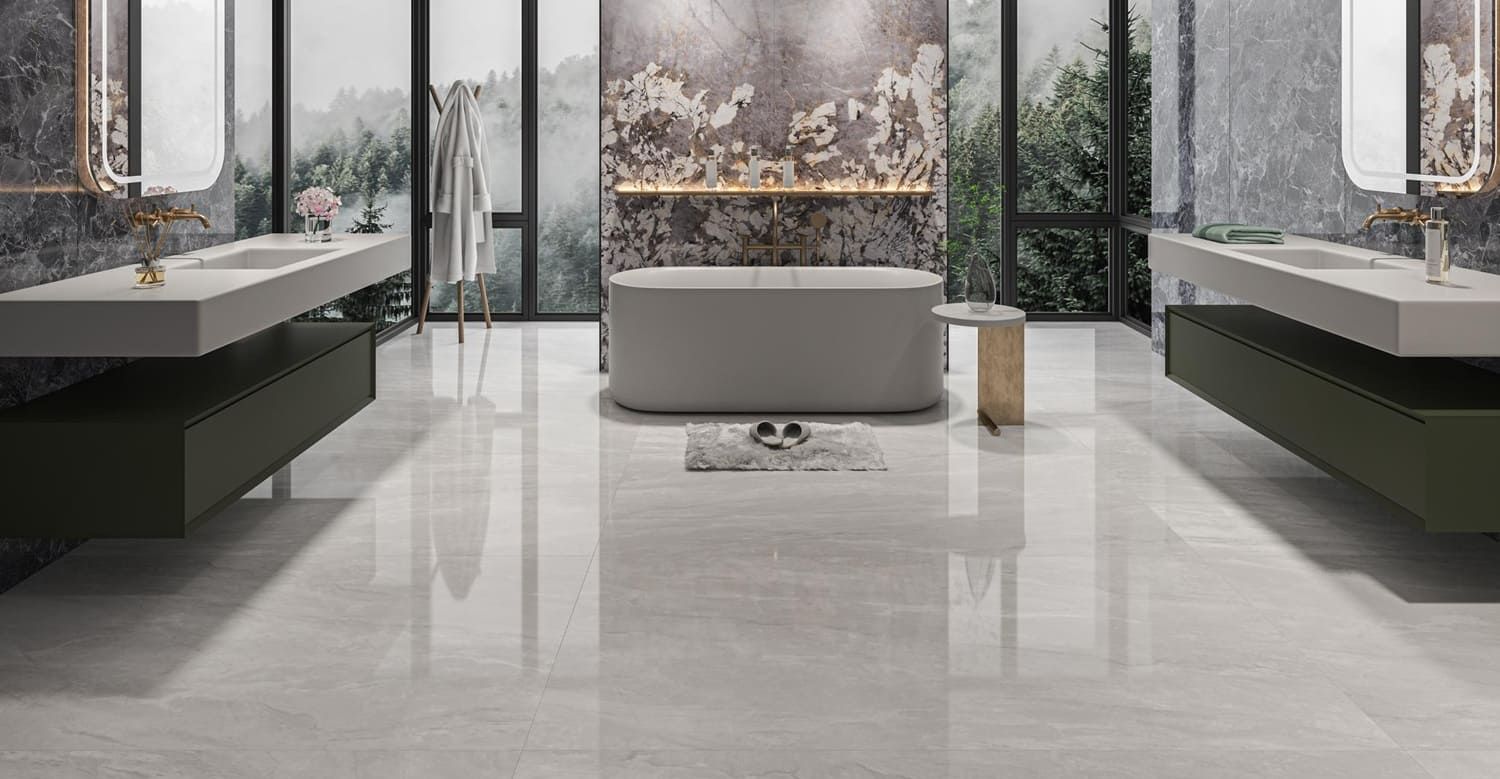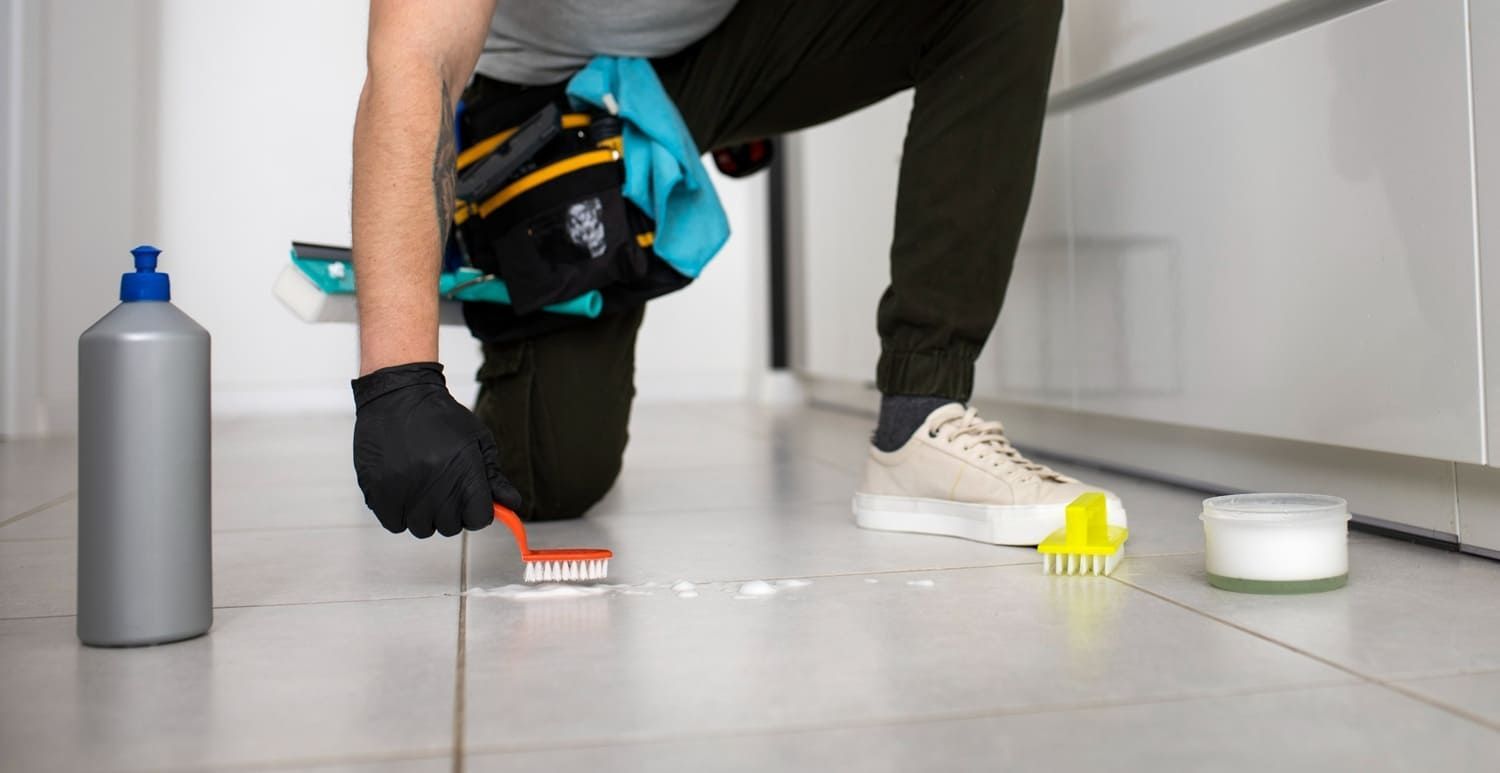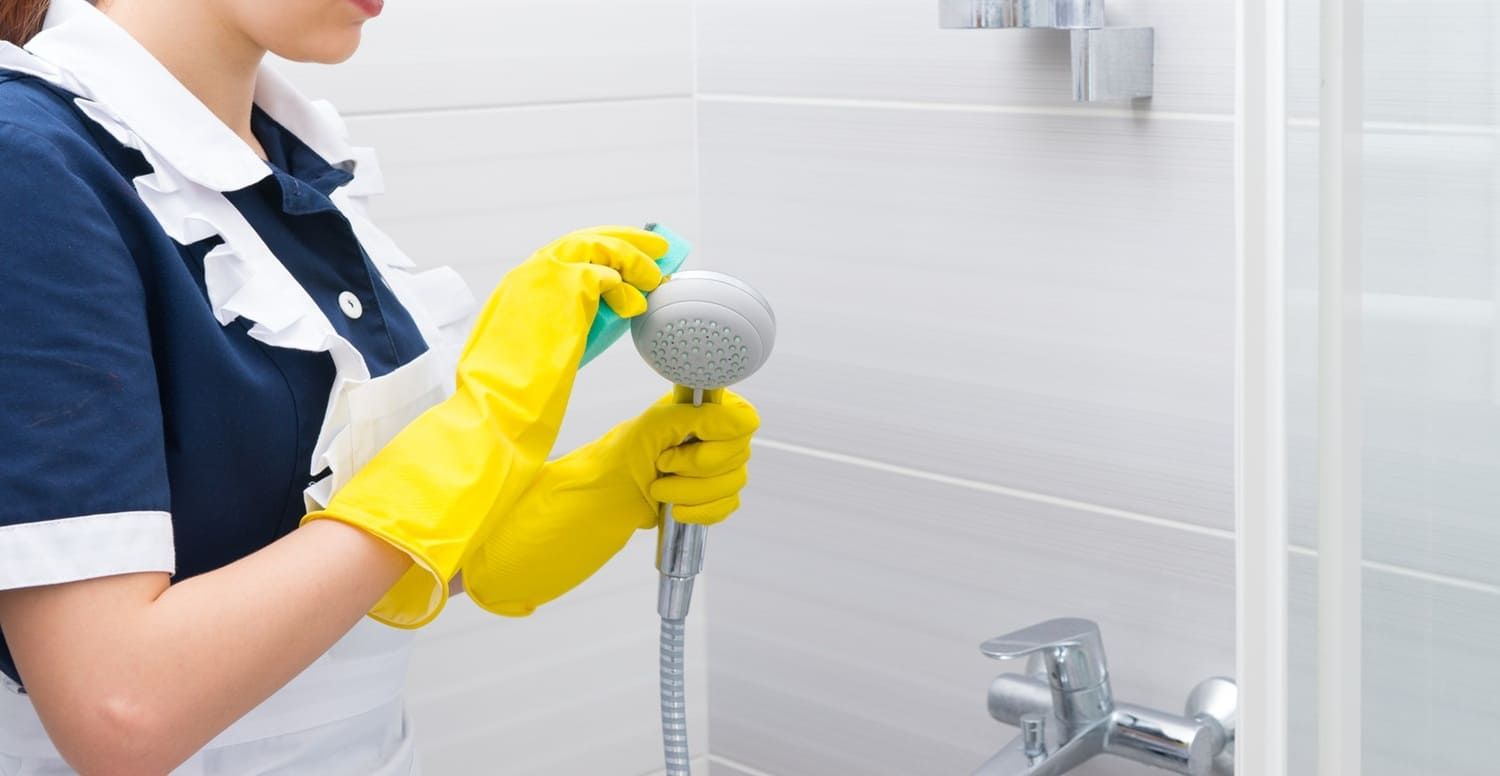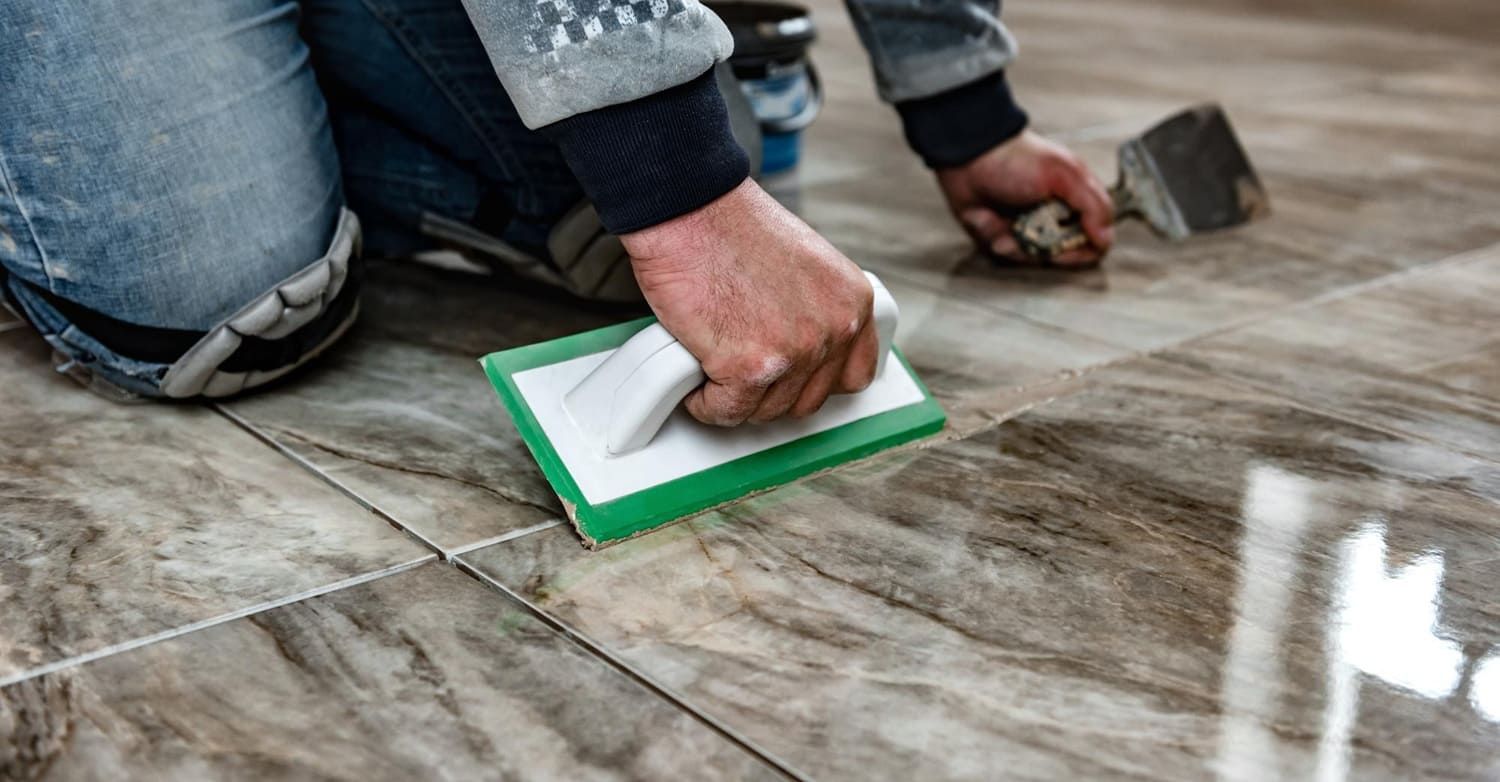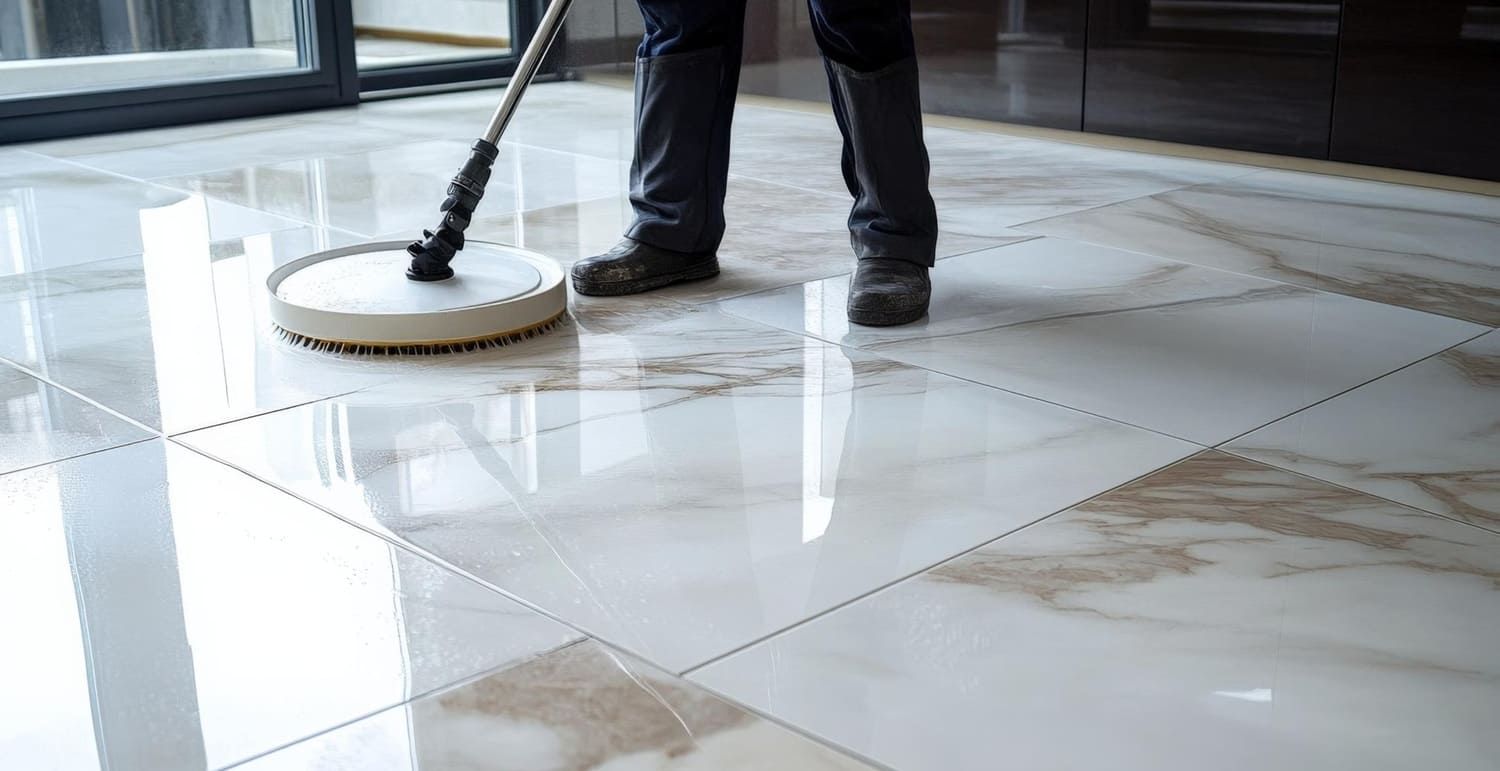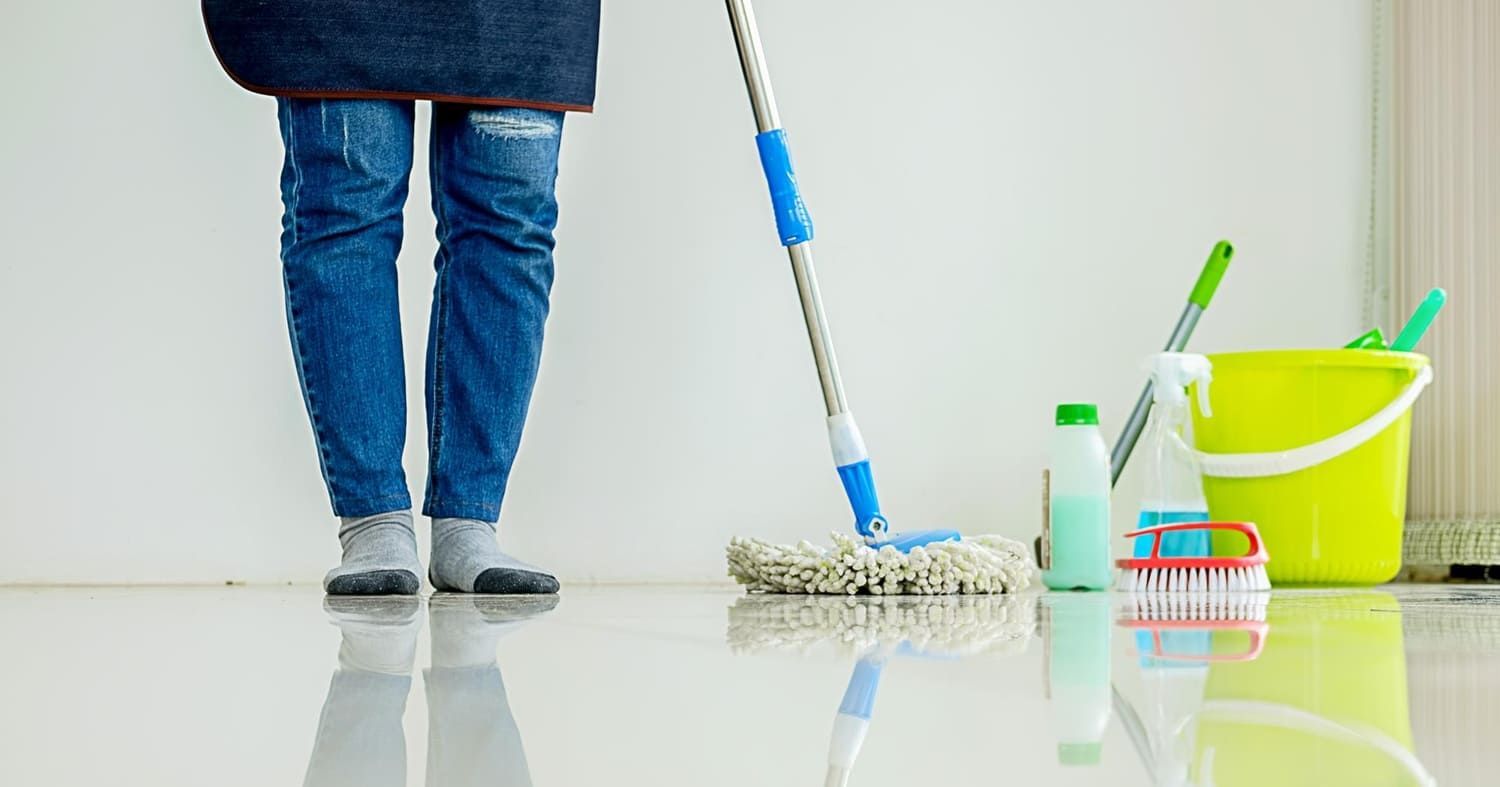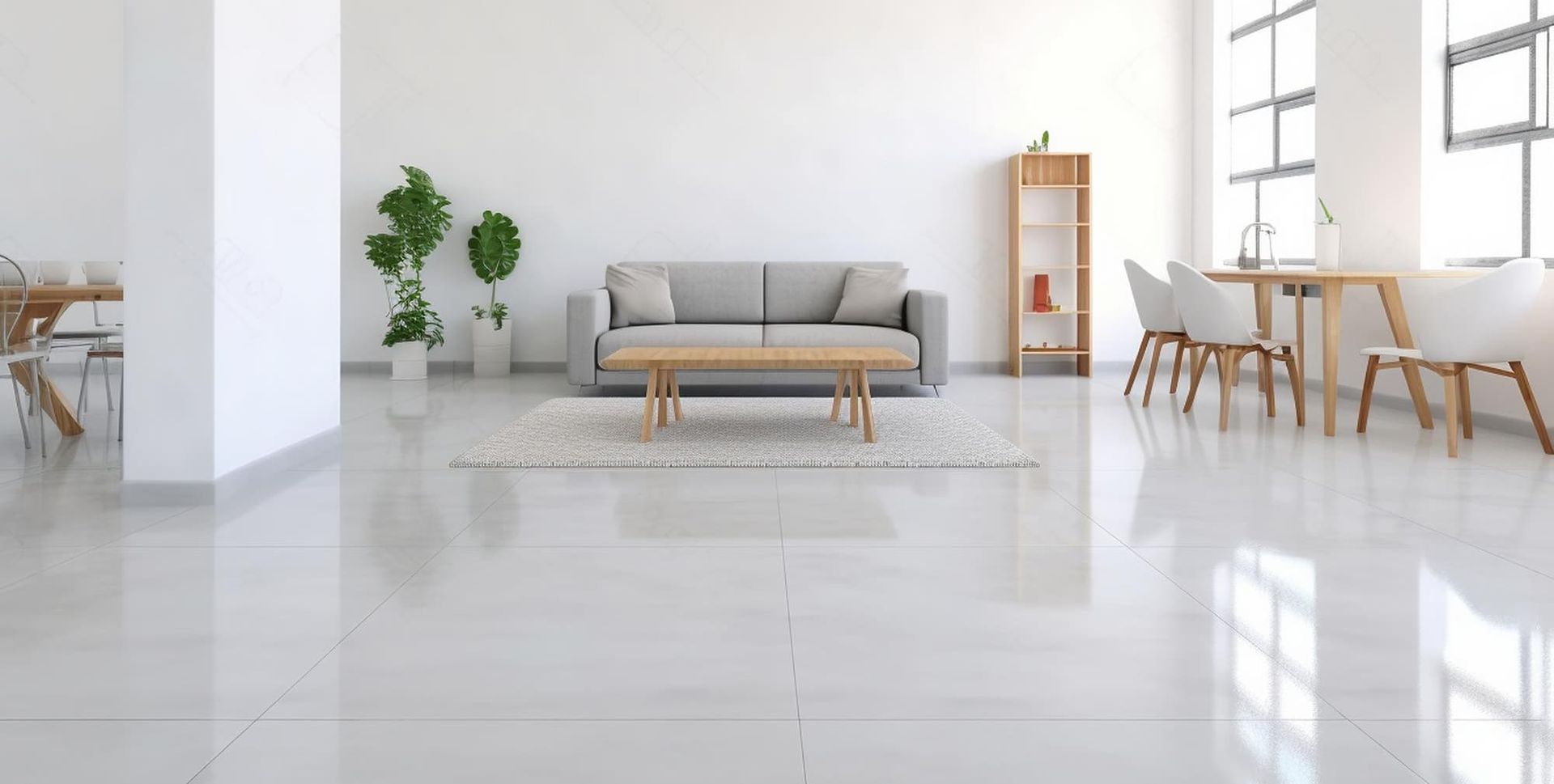What Is Tile Sealer and How Do You Use It?
If you have tile floors, then you may want to invest in a sealer. But what is tile sealer exactly? Click here to learn more about this product.
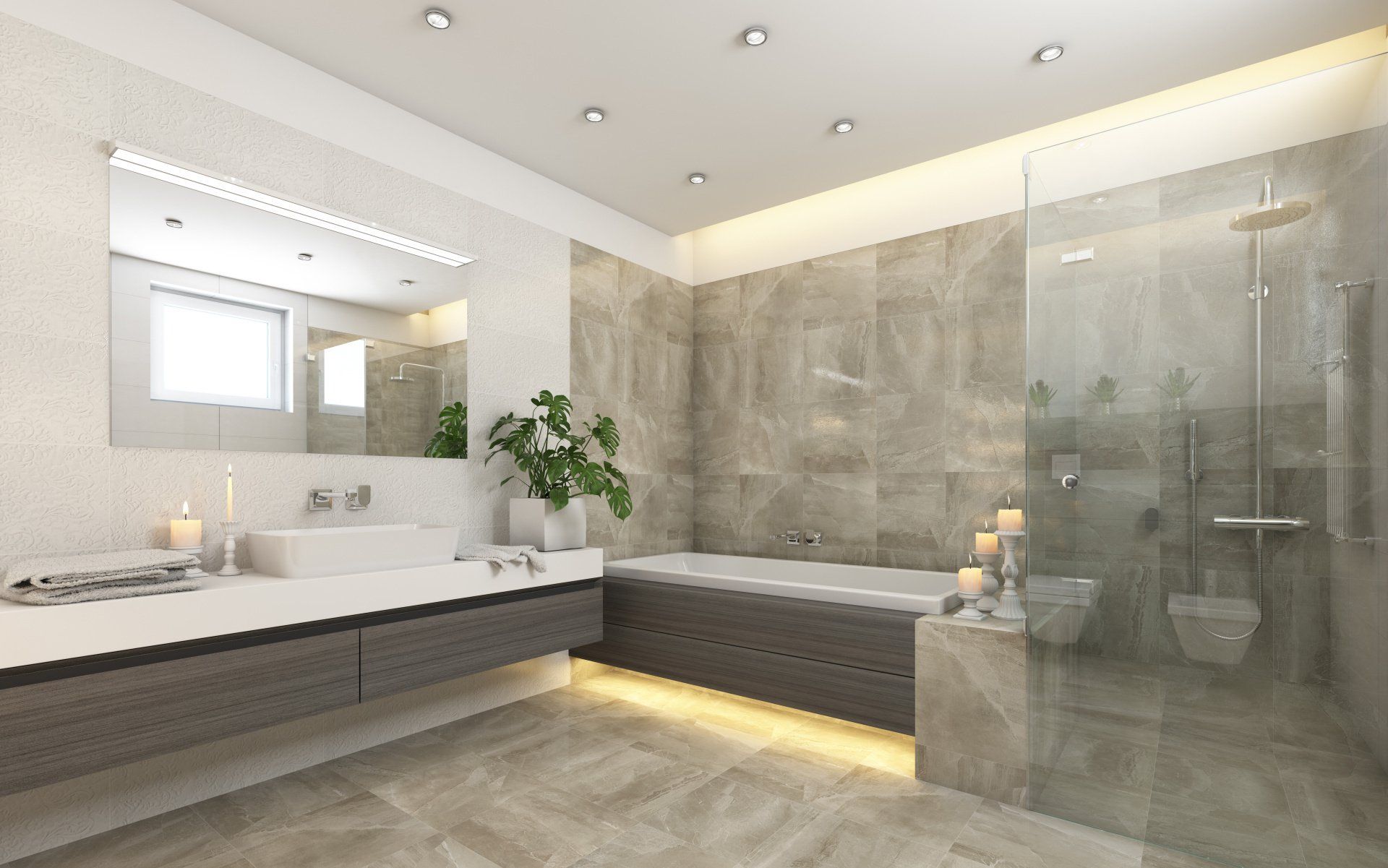
Since the beginning of time, people have used tiles to make their houses look exquisite. In 4700 B.C., Egyptians adopted the use of tiles to beautify their homes, making them a sight to behold. Today, tiles are still one of the most popular options for those looking to add a touch of class to their home or office space.
But with time, tiles tend to lose their luster and shine, which is why it’s important that you find ways to keep them looking fresh and clean. A tile sealer can do the job in one day if you apply it correctly. Keep reading to find out how to use tile sealer and keep your floors looking beautiful for years to come.
What Is Tile Sealer?
Tile sealer is a clear liquid that helps protect tiles from stains and water damage. It’s often used in kitchens, bathrooms, and other spaces subject to moisture.
Aside from its protective qualities, tile sealer offers aesthetic benefits as well. It can add depth and richness to the color palette of a space when used on porcelain or glass tiles with light hues.
Tile sealers are available in many textures and finishes, including matte, satin, gloss, and semi-gloss. The type of tile you have in your home will determine the best sealer for it.
There are several types of tiles that would benefit from having a coat of sealant applied, including:
- Ceramic/porcelain floors
- Stone counters
- Glass tables
How to Clean and Seal Porcelain Tiles
Most porcelain surfaces do well without a tile sealer. But if you notice a lot of stains or feel nervous about the amount of dirt on your floors, tile sealant can help keep grime at bay. Here’s how to apply it:
First, you should clean the tile. Use a mild soap and water solution to remove any dirt you see. There are additional cleaning methods you can use, too, such as steam or foam.
Afterward, search for a penetrating sealer to protect even the deepest pores in your tiles. Porcelain tiles have small holes in them to allow water to drain through, and these holes can trap dirt and debris. The best solution is a penetrating sealer that will fill those gaps.
Finally, apply the tile sealer according to the manufacturer’s instructions. Wait at least 30 minutes before stepping on the floor again.
It will take at least one hour for the floor to become dry enough so that regular foot traffic is no longer hindered. In other words, you’ll have to wait at least one hour for people to walk without slipping.
How to Clean and Seal Stone Tiles
Before you get started, clean stone tiles with a damp sponge or soft brush. It helps to vacuum the entire floor to remove any lingering debris before applying the tile sealant.
The most common sealing method is to use two separate treatments: a primary seal and a secondary seal. You should apply the primary seal before grouting takes place. It fills in cracks and thus reduces the likelihood of water damage.
Don’t use a freshly sealed surface for six to eight hours after application. Then wait at least 24 hours before applying your second seal. This will give the first layer time to dry completely, making it easier to apply a new coat.
The secondary seal will prevent stains and spills from damaging the surface in high-traffic areas like kitchens and bathrooms. You may also want to consider sealing your stone floor for other benefits, such as an anti-slip layer.
How to Clean and Seal Granite Tiles
To clean granite tiles, use equal parts isopropyl alcohol and distilled water. This will kill germs and remove stains from the stone.
To apply sealer, you’ll need a soft cloth or sponge. Use the towel to spread a generous amount of granite sealant across your floor. You’ll know you’ve applied enough when the stone stops absorbing the liquid.
Wait 10-15 minutes before wiping off any excess product with another cloth. There should be no excess sealant left on the surface because it could lead to streaks and unevenness when it’s time to reseal later on.
Finally, wait 24 hours before interacting with your newly sealed floor again.
You can tell when it’s time to reseal your granite tile by looking for water rings on its surface. These are signs that moisture has gotten into the pores between the granite, and this could lead to mold and staining.
How Long Does Tile Sealer Last?
Many people assume that once you’ve sealed your tiles, they will be protected from water damage for the rest of their lives. The truth is that sealing tile is a preventive measure, but it will lose its effectiveness over time and need to be repeated.
Most sealers can last a few years, and there are some penetrating sealers that are capable of lasting over a decade. Still, you should expect to reseal your tile installation every 5-7 years on average.
The longevity of an existing sealer depends on whether it is topical or penetrating. Many homeowners use topical sealers that sit on top of the surface and only offer protection against stains and spots. These have the shortest lifespan.
In contrast, penetrating sealers create a layer of protection below the surface. These are more effective at protecting against staining and last the longest.
Protect Your Floors With the Best Tile Sealer in the Industry
There are many types of tile sealer, but for the most part, they all serve the same purpose: to protect your tile from water damage. The best way to find out what type is right for your project is to ask the professionals.
When it comes to protecting your floors, ADVANCED Sealers and Cleaners has the best tile sealer for all kinds of tiles. From porcelain to granite, you can be sure that our sealant will leave your floor looking spotless and new.
Contact us today if you’re ready for your surroundings to reflect who you are.



